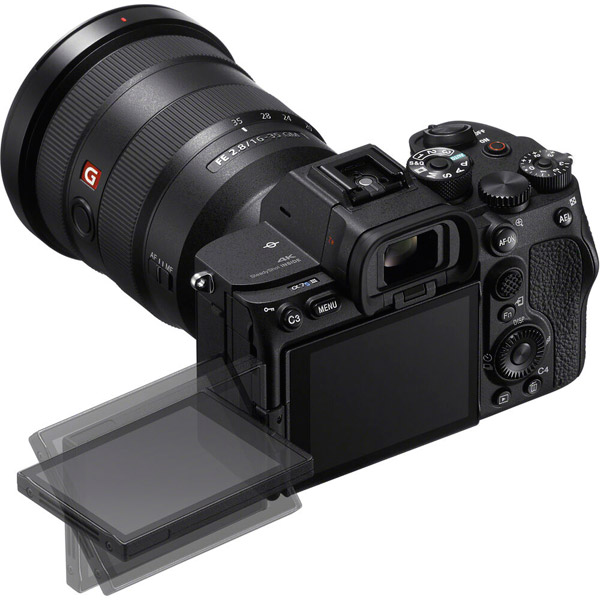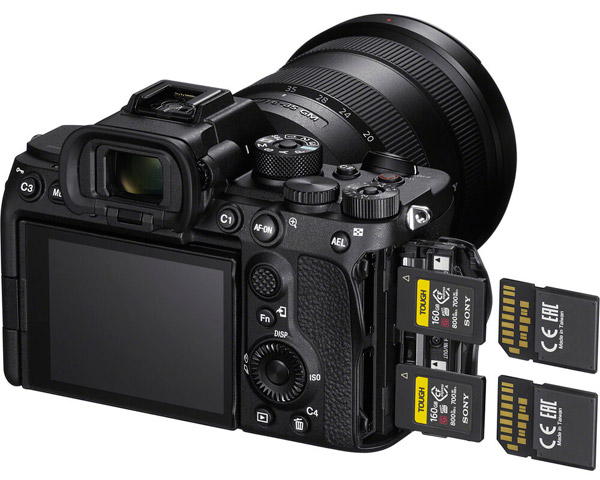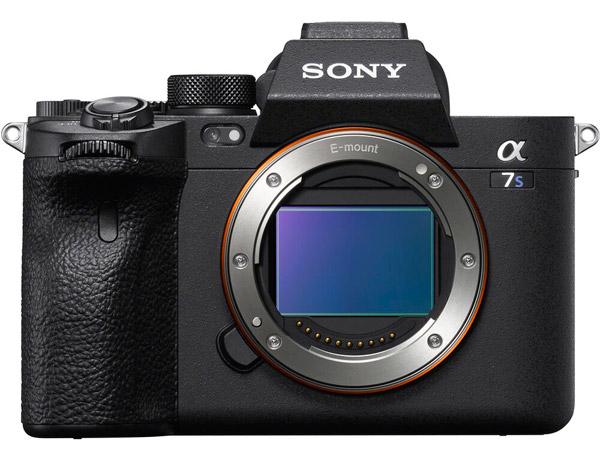Kaizen (改善) means improvement, or rather continuously improving something incrementally. The third camera in the A7s series was just announced after nearly 5 years since the previous version. I think the A7s III follows the kaizen approach well. It improved on the previous model a lot! There are a ton of videos already upon the first day of announcement, so a lot of information is out there to look over.
Check out the camera through my affiliate links:
B&H: https://bhpho.to/3gjG4ny
Amazon: https://amzn.to/2BEeumb
Best Buy: https://bestbuy.7tiv.net/4bekG

I haven’t had access to the camera, so keep that in mind throughout this article. It’s possible I might get a few features wrong or not exact to how they work in practice. Do your own research and verify anything you are specifically interested in.
Let’s take note of physical features on the camera:
- ~12 megapixel back-lit full-frame sensor with IBIS.
- ~9.4 million point electronic viewfinder. The highest resolution currently in Sony cameras.
- Fully articulating LCD screen with touch capability throughout most functions of the camera. That’s a first for Sony.
- Full sized HDMI port.
- Dual SD UHS-II card slots that are also dual CFExpress Type A slots. With a fast enough SD card, you should be able to record most formats with that easier to find format.
- You can record a 1:1 backup of video in the camera with the two slots, this isn’t always the case for cameras. Having in-camera backup is important in some use cases.
- Combination USB-C port with “power delivery” and a micro USB port. I’m not sure how those work in practice, but it’s interesting to see two USB ports…

Let’s highlight some of the features:
- 4K up to 120 fps 10-bit 4:2:2 in various bit rates and codec formats. The 4K 120p will have autofocus and audio recording. 1080p at 240 fps is available that has autofocus but no audio because it slows the video in the camera.
- Sensor shift has the inclusion of “active steadshot” with a slight crop of ~1.1x for that combination of digital plus IBIS.
- With the enhanced touch system, the menu itself was completely revamped.
- If you are using an external recorder, you should be able to record to the memory cards at the same time with all formats. I had used the Nikon Z6 that could record video while doing HDMI output, but it had limitations with the formats that could be recorded to the card.
- It doesn’t have the 29 minute 59 second video clip limit consistent with previous Sony cameras. This is a nice “quality of life” feature.
Problems with the camera so far?
Not everything is perfect. Don’t expect Sony IBIS to be at the level of the systems that have the best implementation. In my opinion, it’s due to the smaller diameter of the e-mount. I’m speculating that Sony is limited in what it can physically do. The in-camera digital stabilization does appear to help.
The camera won’t get you video resolutions like 6K such as the Panasonic S1H. If you are the type to do “punch in” style editing or cropping in post while wanting to keep ultimate resolution, then you have to look elsewhere. Though I punch in with my 1080p recordings for output at that resolution and it seems fine… I see that as a non-issue for most people.
A few of the Youtubers with access to the camera have managed to make the camera overheat. One was testing in ~100 degree Florida sun and the other used an incubator at ~104 degrees. Most reports from the camera under normal use haven’t had heat related issues. I think this is going to be a non-issue, but I can’t say unless I get first-hand experience with the camera.
SD card compatibility appears not be perfect at the moment. I assume this can be resolved in firmware. Especially considering some of the cards with issues are Sony cards.
The camera currently does not have a tally light feature, but there is something on the front of the camera that might be able to be used if a firmware update is made (speculation by Youtubers with the camera). I assume it’s the AF assist light. Not sure if that could be used…

Why is the A7s III an important camera?
This camera sets the bar for full-frame mirrorless camera video with a focus on solo creators. It covers all of the bases from sit-down videos to streaming and vlogging. It has the capability to handle every type of usual video format. Those users that are focused on video should be fine with 12 megapixel stills for support media such as thumbnails. Besides YouTube creators I could see this being an amazing option for wedding and event videographers.
This camera also should cover small production teams as well. Think along the lines of interviews, documentaries, and promotional work.
I’m going to make the rest of the points in another list because there are a lot…
- Dual card slots and it’s confirmed that it can do in-camera backup of video. If you are doing client work and you have the capability to make an instant backup but you are not using the feature… you are doing a disservice to the client. Especially true if it’s on relatively low cost SD cards. The A7s III has you covered.
- Full sized HDMI port. You have output up to 16 bit RAW uncompressed. If you add a recorder like the Atomos Ninja V that means you should be able to record to the two SD/CFE-A cards and the external recorder for the primary source plus TWO BACKUPS. In my mind that’s a big deal. I like to call this the NASA mindset, lol. Backups of backups is a great thing.
- High quality autofocus in video. The Panasonic S1H has limitations here due to using DFD contrast based autofocus. The new R5 and R6 compete here. The bar has raised in video autofocus, but this is at the top for quality and consistency.
- Fully articulating LCD screen with touch capability in the menu system. For a solo creator having an integrated screen to do self filming is efficient and convenient.
- High resolution EVF that should be great for critical focus if you are outdoors, using manual focus, and filming behind the camera.
- A low resolution sensor with large photosites means that high ISO is probably the best in this class of camera.
- USB-C with power delivery, so external power options should be pretty simple. Add to that the micro USB port in case you need to power and connect to something.
- Sony’s NP-FZ100 battery is the top of mirrorless cameras right now in how much run time it offers.
- No set record limits. Long takes in on-site work environments should be easy. Think of something like a tour of a facility. You can easily go over 30 minutes. It’s fine breaking that up into clips, but there are situations where having one long take is ideal. Though I think the biggest one is Podcasting and similar long form uses that would be easy with this camera.
- An XLR accessory is available. There are microphones that connect to the camera through the multi-interface hotshoe as well to avoid using a 3.5mm audio cable for added convenience.
- 4K 120 fps video… that’s the gold standard to me.
- It’s effectively a sports level photo camera if you are fine with 12 megapixels. 10 frames per second in this case with top of the line autofocus.
- Microphone and headphone ports.
- Solid ergonomics. Three custom modes on the mode dial. The top dials have locks. Three setting adjustment dials. A selection joystick nub. A bunch of custom buttons. The microphone port is above the articulating screen so it won’t get in the way. All very well rounded besides maybe the port covers. Not sure if those can be easily removed.
- You can apparently control and adjust the menu system between photo and video mode. So if you switch between the two, having distinct setups between the two should be nice.
This is the camera that will support online video creators for a long time. It covers all of the bases. As long as no serious issues come up after it is released, I’m seeing this camera as the tool to get if it fits within your production budget. As prices eventually fall and this camera starts filling the used market, it will start to be an amazing option for a wider range of people. I don’t know how long that will take, but it’s at a technical level that I don’t see video, in general, shifting away from anytime soon. 4K reaches a quality level that has diminishing returns past that point.
Check out the camera through my affiliate links:
B&H: https://bhpho.to/3gjG4ny
Amazon: https://amzn.to/2BEeumb
Best Buy: https://bestbuy.7tiv.net/4bekG

